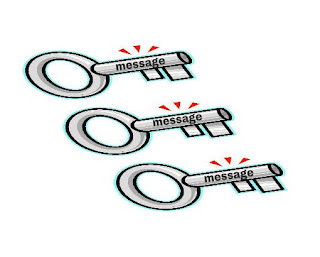To be successful with your presentation you need to get your message into the minds of your audience. You can't force your way into a person's mind. You must present your message in a way that encourages them to invite you in.
Have you ever witnessed a parent lecturing their child while posing this silly question, "How many times do I have to tell you?"
In this case the reason for failure for the message to stick is because the child didn't accept the message. The parent was attempting to force the message in.
Some presenters commit the same crime then blame the audience for not listening.
If you try to force-feed your message to your audience you will fail. Your message and information might be important but if the audience doesn't see it that way your message won't stick.
What can you do to encourage your audience to willingly accept your message into their mind like a welcome guest?
Do some research and thinking to gain a better understanding about your audience.
- Why are they attending this meeting?
- Why might they be interested in your message?
- What perspectives, beliefs and information might they already have about this topic?
- How might their priorities, mindset and emotions block your message?
Examine your message from their point of view.
- What aspects should you emphasize?
- What misconception should you clarify early?
- What experiences or emotion can you leverage?
- How is this relevant to them?
Speak to your audience as a welcome guest.
- Speak in their language using terms and phrases that they fully understand.
- Relate your message to their issues and priorities.
- Find common ground to establish rapport.
- Admit a flaw or potential concern.
The success of your presentation will be determined by the thoughts triggered inside the minds of your listeners because that will determine how they think and feel and most importantly how they act.
To be more successful with your presentations think about that prime real estate and deliver your message as a welcomed guest.
Presentation Tips on Twitter Presentation Skills Club on Facebook Executive Speech Coach, Business presentation tips from George Torok, the Speech Coach for Executives










